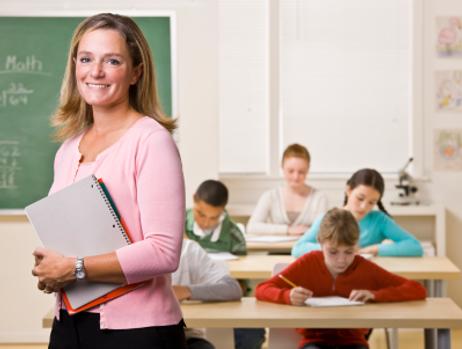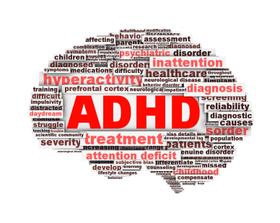Once children have graduated from diapers and baby food, the next big decision for parents becomes where to send their precious tots to school. There are many choices available to parents today, from the neighborhood school down the street to charter and private schools in the area. How does a parent know which school will be the best fit for his child? The choice is never easy, but it helps to weigh the pros and cons of each of these types of schools to see which might present the greatest benefit.
Cost
One of the first variables parents must weigh when comparing the various types of schools is cost. Public schools are “free” institutions by law, although they may charge fees and students may be required to provide their own supplies. Charter schools are also considered public schools, so there is no tuition cost assessed. However, private schools can – and do – charge tuition to students and their parents, and in some cases, those costs can be rather high.
According to a report at Fox News, the average tuition cost for private secondary schools during the 2007-2008 school year was around $10,500. Great Schools also cites statistics from the National Catholic Education Association that show while private parochial schools tend to charge lower tuition rates, the average tuition for these schools is still around $2,600 for elementary schools and nearly $7,000 for secondary schools.
Enrollment
Public schools are required to accept







































